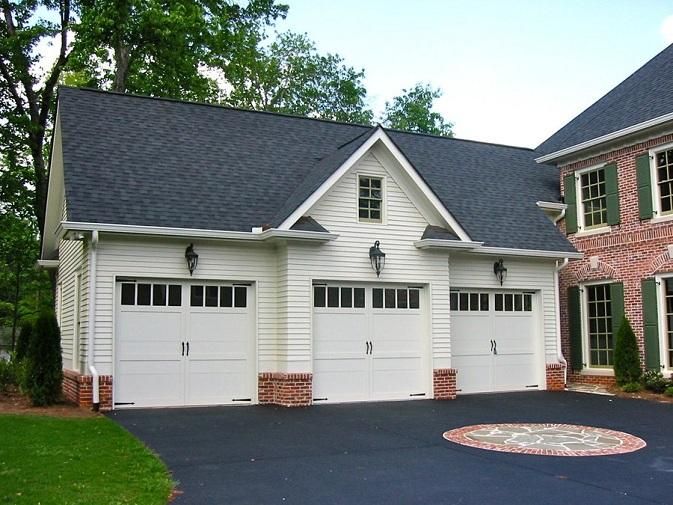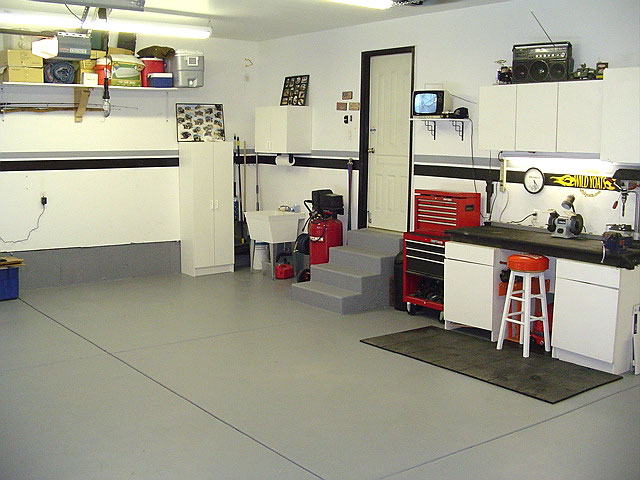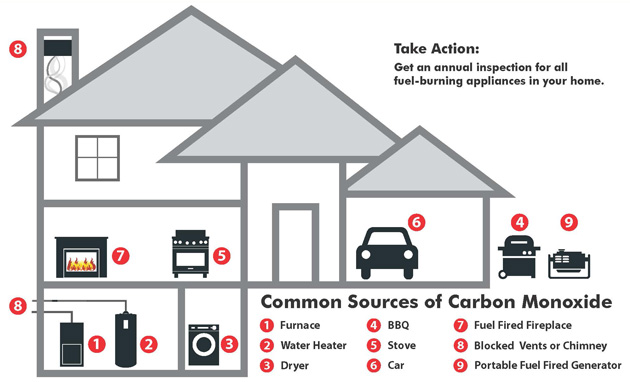A garage attached to the home: It’s practical… but is it safe?
Posted by Steve Harmer on Tuesday, December 8th, 2015 at 3:23pm.
 Your house has a built-in garage and your car is safely tucked away from the elements. But is your family just as safe on the other side of the wall? The garage air may be seeping into your home without you knowing it.
Your house has a built-in garage and your car is safely tucked away from the elements. But is your family just as safe on the other side of the wall? The garage air may be seeping into your home without you knowing it.
Gases and other toxins
First of all, it’s important to realize that every time you start your vehicle and every time you park it back in the garage, it releases carbon monoxide, benzene vapours and a host of other chemical substances. These contaminants remain suspended in the air in the garage long after the engine has stopped running and the garage door has closed. In addition, they often combine with other vapours—e.g., from the lawn mower, snow blower or chain saw, or any container of paint, oil or fuel stored in the garage. If there isn’t a good seal between the garage and the house, this toxic cloud can spill into the inhabited area of the house and jeopardize the health of its occupants.
Tests conducted by Canada Mortgage and Housing Corporation (CMHC) have shown that air pressure is often lower in a house than in a garage, especially in winter, when doors and windows are closed. This depressurization inside the house can be caused by the operation of a range hood, bathroom fan or heating appliance connected to a chimney. In this situation, toxic air from the garage is drawn into the house through the smallest cracks—unless the owner has taken the necessary precautions. The key is to know what those precautions are.
Is my living environment at risk?
To check whether garage air is contaminating the air in your home, perform this simple test.
- Turn on the main exhaust fans in the house;
- Light an incense stick or other item that gives off smoke;
- Stand near the wall and the door leading to the garage;
- Hold the incense stick near the corners of the walls adjacent to the garage as well as the contours of building elements crossing them, and check whether the smoke seems to be pushed back inside the house. The slightest flaw in your home’s air barrier system will be easily detected.
Once you have identified these weaknesses, the key is to improve airtightness, and you can rest easy.
 Airtightness required between the garage and the residential area
Airtightness required between the garage and the residential area
A parking garage built in or adjacent to a residential building requires an airtight seal that will form an effective barrier against fuel vapours and exhaust gases.
Here are some elements of a good air barrier system:
- airtight panels such as 8 mm (3/8 inch) plywood, 12 mm (1/2 inch) wallboard or 38 mm (1½ inch) extruded polystyrene, or a flexible sheet material (e.g., 0.15 mm or 6 mil. polyethylene) can be installed;
- if sheet material is used, make sure sheets overlap by at least 100 mm (4 inches) and are firmly attached to the framing walls;
- to prevent air leakage, joints must be carefully sealed with tape or appropriate sealant between panels as well as around elements that pierce the shell of the garage;
- a device can be installed to automatically close the door leading from the garage to the living space of the house;
- there should be a seal around that door, and it must never lead directly to a bedroom.
Fans and alarms
Some homeowners may also want to consider depressurizing their garage with an energy-efficient bathroom fan programmed to operate for one hour following the closure of the garage door. The fan must of course expel the contaminated air outside.
 Remember that carbon monoxide (CO) is a potentially fatal poisonous gas that cannot be smelled. Always verify that CO detectors are working properly. These detectors are required in any dwelling that uses a fuel-fired heating appliance or houses a parking garage.
Remember that carbon monoxide (CO) is a potentially fatal poisonous gas that cannot be smelled. Always verify that CO detectors are working properly. These detectors are required in any dwelling that uses a fuel-fired heating appliance or houses a parking garage.
The detector’s power supply or battery must also be checked by testing the device once a month. If it is battery-powered, get into the habit of changing the battery when Daylight Savings Time begins and ends in the spring and fall. Clean the detector every six months or so by vacuuming gently with a soft brush attachment.
Lastly, it’s a good idea to install a detector on every floor of the house, near bedrooms as well as near the door to the garage.
Source: CMHC and the National Building Code of Canada 2010, Volume 2.
© https://www.caaquebec.com/en/at-home/advice/tips-and-tricks/tip-and-trick/show/sujet/a-garage-attached-to-the-home-its-practical-but-is-it-safe/
